KTM’s 2019 790 Adventure R: The Ride
Having kicked off a love of all things two wheels by winning a national trials-bike championship as a kid, Chris Birch soon gravitated toward motorised bikes, and has never looked back. In the years since, “Birchy” has won eight New Zealand Enduro titles, and an Australian 4-Day Enduro. He’s a three-time winner of the notoriously gruelling Roof of Africa race; a regular podium guy at countless Hard/Extreme Enduro events all around the world; and he’s even finished 27th in the a Dakar Rally, in spite of next to no preparation. These days, the affable Kiwi spends much of his time travelling the world as an ambassador for KTM and Red Bull, and as a tour operator and riding coach. And seeing as he’s made a name for himself by taking KTM’s Adventure models into terrain they have no right to traverse – and played a role in developing KTM’s new 790 Adventure models – we hit Birch up at the bikes’ international media launch in Morocco to get his take on where these all-new 790s fit into KTM’s model line-up and what he likes most about the things.
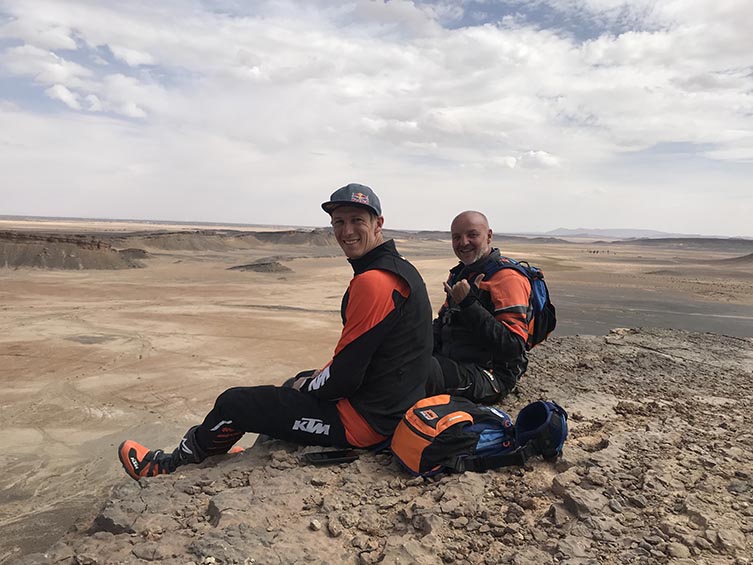
When were these 790 models first on your radar, Chris?
My involvement with the bike’s development has come primarily through my friendship with Quinn Cody, who’s based out of North America and headed up the R&D program for these 790 models. Quinn is the off-road tester and development guy for KTM’s ‘Street’ department, if that makes any sense. So I guess it was a few years ago now that I got the opportunity to head over the America to ride the early prototype 790s and offer my feedback. I then rode the next-generation of the prototype at the special rally event that KTM staged in Sardinia last year.
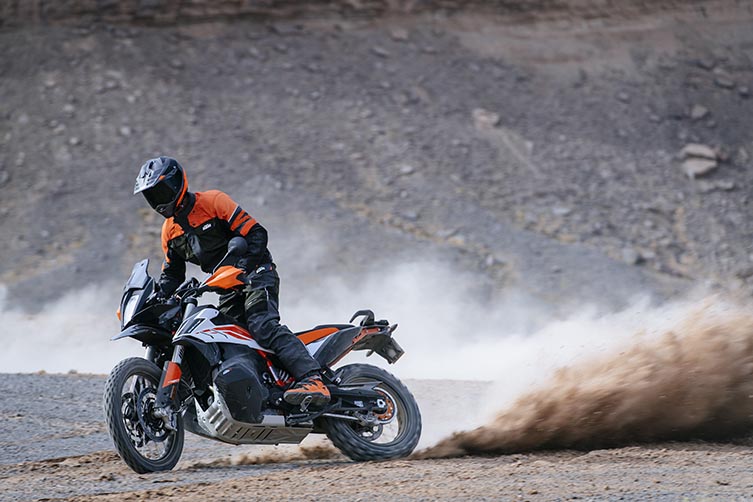
What sort of feedback did you offer KTM’s R&D team?
It’s only small, fine-tuning type feedback that I’m giving those guys. But as any motorcycle rider knows, it’s often an accumulation of all those small things that determine whether a bike is good or not; or whether it’s good or great. The first time I rode the bike in America, I nearly crashed the thing coming into the first corner because its brakes were so powerful and touchy. So my initial feedback was how important I thought it was to get a lot more modulation and feel from the brakes at both ends of the bike. Then there was a bunch of other little things, such as ergos, controls and functionality. But I think we all knew that even the early prototypes showed a lot of potential and only needed refinements.
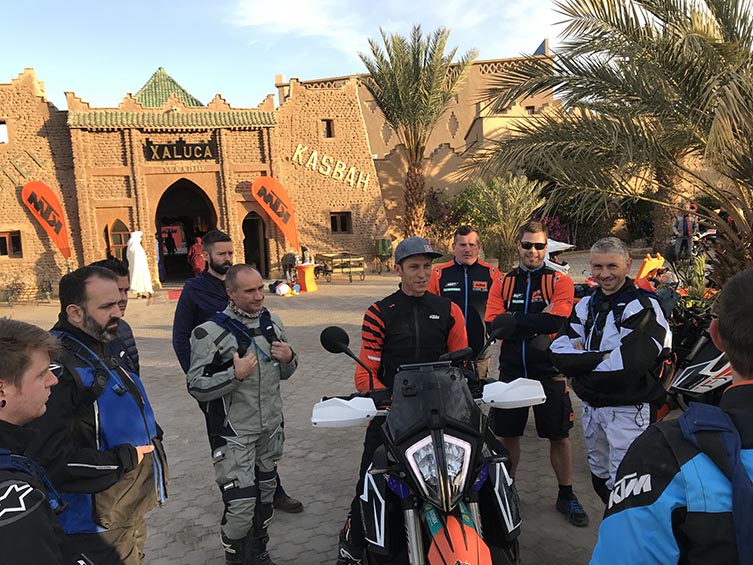
There’s been a big ‘hole’ in KTM’s model line-up between the 690 Enduro R and the 1090 Adventure R. Do you think these 790s were produced primarily to fill that gap?
Absolutely. KTM has been absent from that mid-capacity genuine adventure-bike market for quite some time. In fact, you could argue they’ve never truly had a bike that fits that description because the 950 and 990 Adventure models were seen as large-capacity adventure machines. I’m constantly bombarded by people on social media, asking me which KTM model is best suited to them. And I think that’s a byproduct of the fact that KTM has so many models, many of which overlap each other in terms of what they can do. I mean, any of KTM’s MX, cross-country, enduro or Adventure models could have been used for the riding we did here in Morocco for the 790 launch. But I’ve got to say that these 790s will suit a broader cross-section of riders than any other bike in KTM’s model line-up.
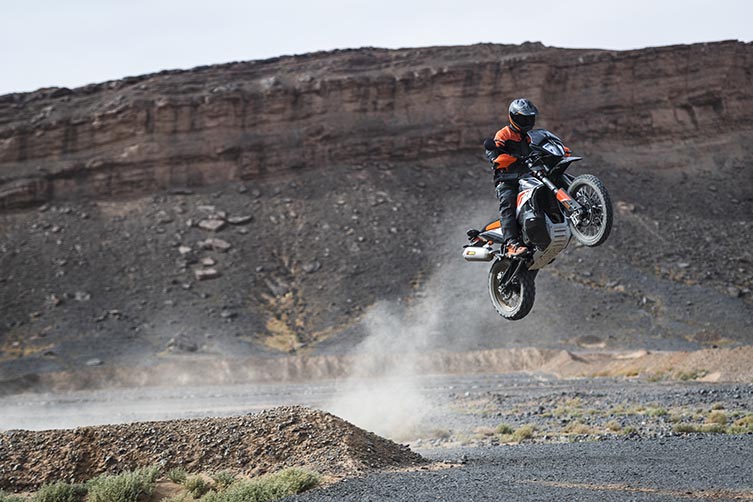
So, what’s your favourite – the 790 Adventure of 790 Adventure R?
Well, you can definitely ride the Adventure R model more aggressively off-road, and that suits me just fine. And when I say ‘more aggressively’, I mean more aggressively than both the 790 Adventure and the larger Adventure models in KTM’s range. I’ve made a bit of a name for myself taking the 1090 Adventure R into terrain people didn’t think possible, and it’s a really fun bike to take off-road. But the 1090 is much more difficult to ride off-road than the 790 Adventure R. You have to respect what sort of bumps and obstacles the 1090 and 1290 Adventure models can and can’t deal with at speed because they’re bigger, heavier and more powerful machines.
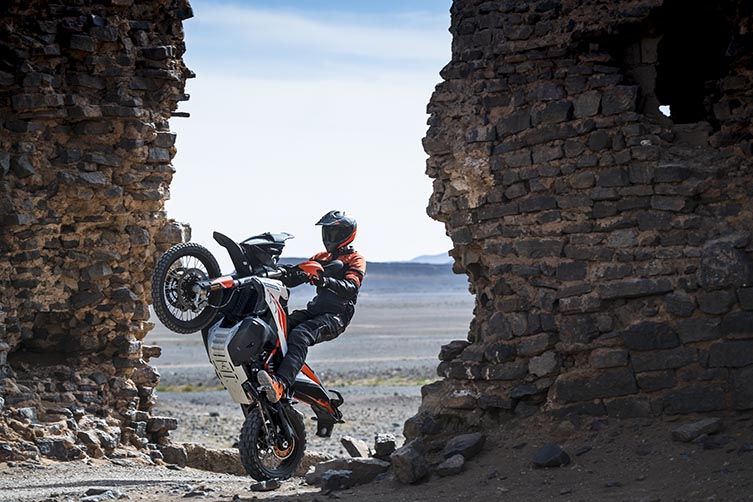
Is that difference due to the way the 790 carries its fuel load so much lower, its narrower ergos, or a combination of those two factors? Or something else altogether?
A combination. And something else. The fuel tank has been a huge talking point during the development of the bike, and had to be designed so there was next to no risk that its low-slung sections could be damaged either through riding or in a crash. The key thing about that tank design – aside from lowering the centre-of-gravity – is that it has allowed the ergos at the top of the tank and the seat/tank junction to be much slimmer than other adventure bikes – KTM’s or other brands. And that means you can crank sand dune turns on the 790 while seated. You wouldn’t dream of sitting down on a 1090 or 1290 through that same turn for fear of washing-out the front wheel. The 790 Adventure R’s additional off-road ability also has a lot to do with its suspension. Put it this way, it’s the only Adventure model I get on and can afford to back the clickers off. Yep, I actually soften the bike from standard settings. That said, with my extreme enduro background, I tend to like my bikes a bit more compliant.
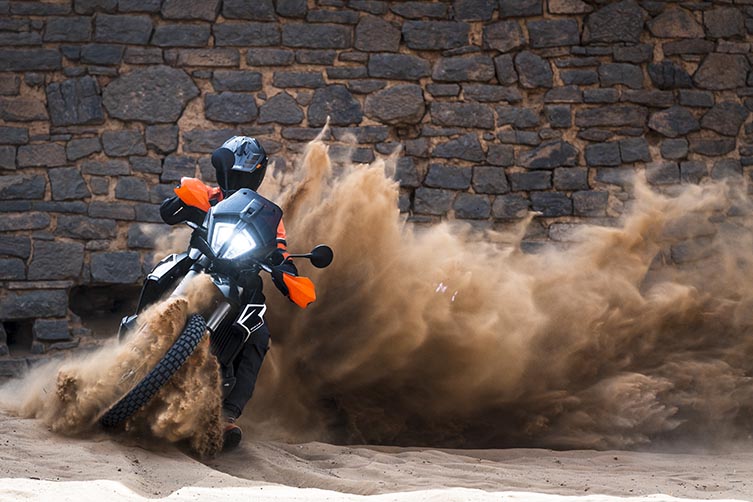
Quinn Cody had a lot to do with pushing KTM management into fitting that superior-spec WP suspension on the 790 Adventure R model, right?
He did. Quinn is a big, strong bloke; a ‘ground and pound’ type of rider who likes his bikes set up firmer and capable of taking big hits. So it was interesting for the two of us – with our varying set-up references – to compare notes during the 790’s development process. The final settings used for the production bike are incredibly good, and it’s a credit to Quinn, who really argued his case for getting this suspension on the bike simply because it made the thing handle so much better. During the 790 testing, there were times when we’d stop, look at each other, and agree that we weren’t sure whether we could go any faster over the same terrain on an EXC model. I remember one time early in the test process in Southern California when Quinn pointed to a section of whoops and told me that the suspension made it possible to hold the 790’s throttle wide open. I had to fight my demons and what my mind was saying wasn’t possible, but I finally managed to hold it wedged and the 790 came out the other end of the whoops as easy as you like. That just doesn’t happen on adventure bikes. Not conventional adventure bikes, anyway.
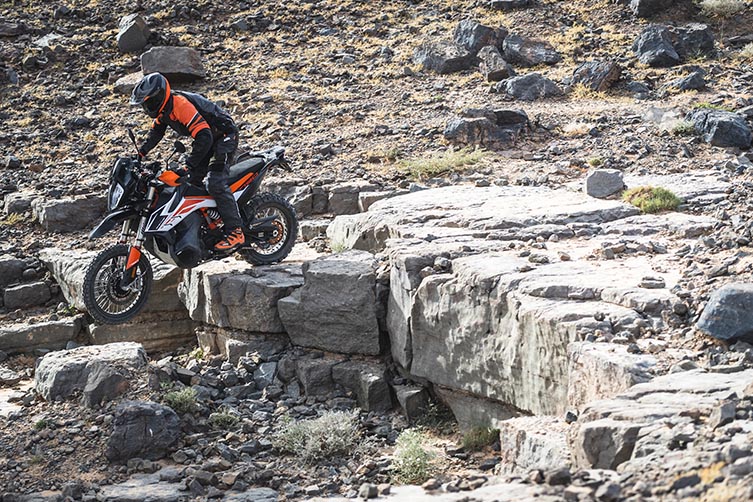
Okay, but you’re a Pro rider with Pro rider’s bike-handling sills. Is the 790 Adventure R similarly versatile and forgiving for riders of average ability?
Yes. I realise that a lot of riders will hear me saying I can smash whoops on the 790 and say, ‘Who the hell cares?’ because they can’t relate to that. But when you’re in a situation where you have an inevitable big impact – y’know, when you’ve misread the trail or haven’t seen a big erosion mound, or just got things a bit wrong – the bike’s suspension performance and stability gives you an added safety margin. This bike has got your back when it comes to those ‘Oh, shit!’ moments we all have, especially in unfamiliar terrain.
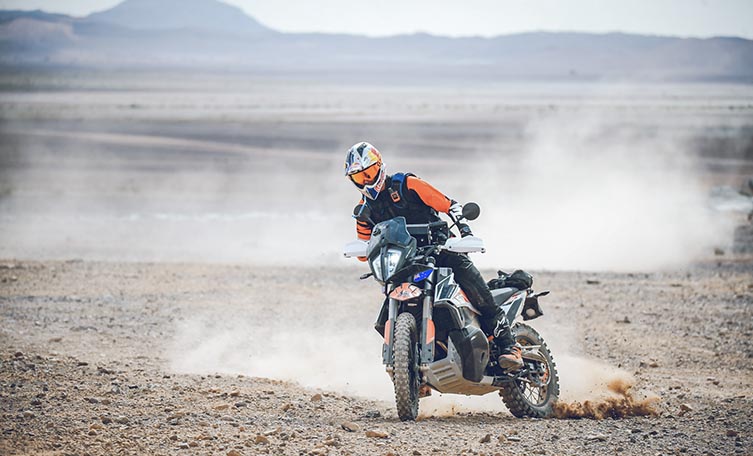
Meaning it’ll suit a broad range of rider abilities?
Exactly. The 790 Adventure R is a lot of fun for riders of all abilities. The engine is a real peach, and the chassis is very capable and feels incredibly light. I think this manoeuvrability – combined with a low seat height – will make the bike popular with riders who want to improve their off-road abilities, and still have a great touring machine. It’s worth making the point that the ‘standard’ 790 Adventure model is still very capable off-road – so much so that the more road-oriented journos from Europe wondered why on earth you’d ever need all that additional off-road capability with the R model. The Australian, New Zealand, American and South African guys, on the other hand – all markets where riders are traditionally much more focused on an adventure bike’s off-road abilities – all loved the added off-road competency the R gave them, and wondered why the hell the standard model even exists. They simply softened the suspension clickers for extended road stints, and were happy. That’s the thing with adventure riding; it’s interpreted so differently around the world. For some, it’s about long miles on the tarmac with the occasional gravel road. For others, it’s about getting as far from a sealed road as possible and smashing things as if they were aboard an EXC. And I guess that’s why there’s a difference in the two 790 models’ pricing; each is designed to suit different demands in different markets.
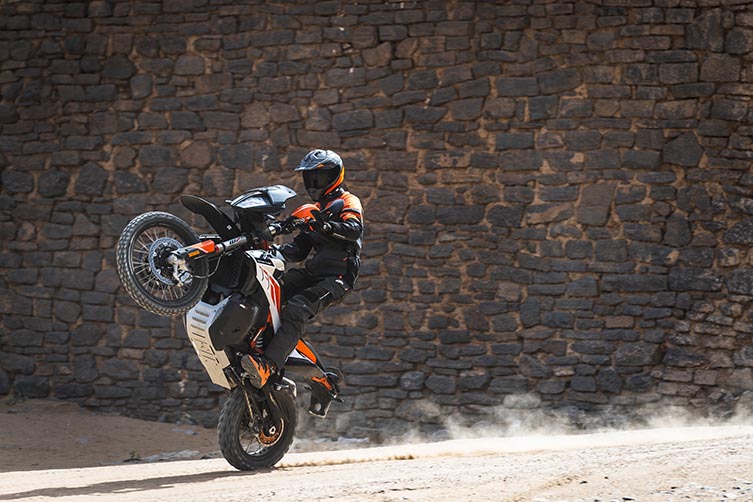
Explain why you think the refined electronics package is even better than what was released on the 1090/1290 Adventure models a couple of years ago.
A lot of people single out the introduction of the Rally riding mode on the 790s, and the fact it lets you alter the traction control settings on-the-fly. And I agree that that’s a big advance. But for me, the biggest improvement to the 790 Adventure models’ electronics package – which is a significant step forward from what you currently get on the 1090 and 1290 models – is the way it allows you to alter your ABS and traction control settings while riding. During all the tours and rider coaching I do around the world, my observation has been that most people get themselves in trouble because they haven’t matched the riding mode with the terrain they’re riding. The most common example of that is when riders come out of off-road terrain and onto the tarmac, and they don’t stop and switch their ABS or traction control back into Street mode. They then lock up coming into a corner, and crash. With the 790s, you don’t have to stop to make these changes. Also, with the previous electronics, it would always revert to full ABS and full traction control settings when you switched the engine off (unless you had an aftermarket dongle fitted, that is). With the 790s, the riding mode you last used – and all the parameters you’ve set within that – is retained when you re-start the bike. While riding, you can toggle between Off-Road-mode and Street-model ABS. Plus, you can come in and out of Rally mode on-the-fly, which gives you the ability to dial traction control (or ‘Slip’) up and down while riding. Being able to make these changes without having to stop the bike not only prevents you from holding up the group you’re riding with; it also means you’re able to quickly match the electronic intervention to the terrain. And seeing as off-road terrain often tends to change so much, that’s both a convenience and safety benefit.
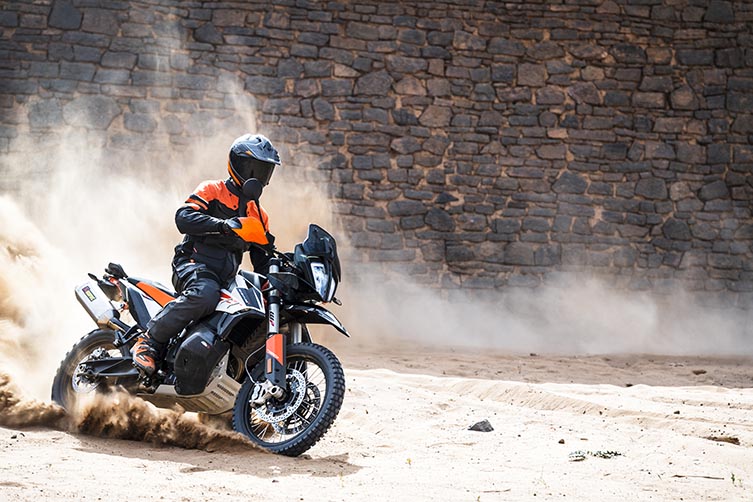
But if you switch off ABS and/or traction control completely, those settings are not retained when you restart the bike. Why is that?
That’s right. It’s a legality issue. The thinking there is that the bike reverts to a ‘safe’ mode when restarted. Having said that, the ABS in Off-Road mode is so good these days, you barely notice it’s there. And for the traction control, the only time you really need to switch it off entirely is in deep sand dunes. The rest of the time, the 1 though 9 ‘Slip’ scale in Rally mode is all you’ll ever need.
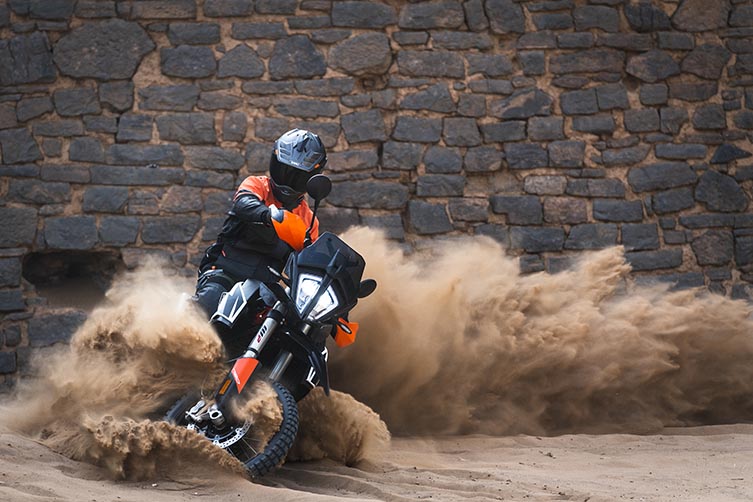
What’s your advice when it comes to using the riding modes on the 790s?
When I head out onto the street, I use full Street mode – ABS, traction control, the lot. But I also pre-select settings in the menu, so that when I hit off-road terrain, I only have to hit one button and I’m back in party mode and ready to go.
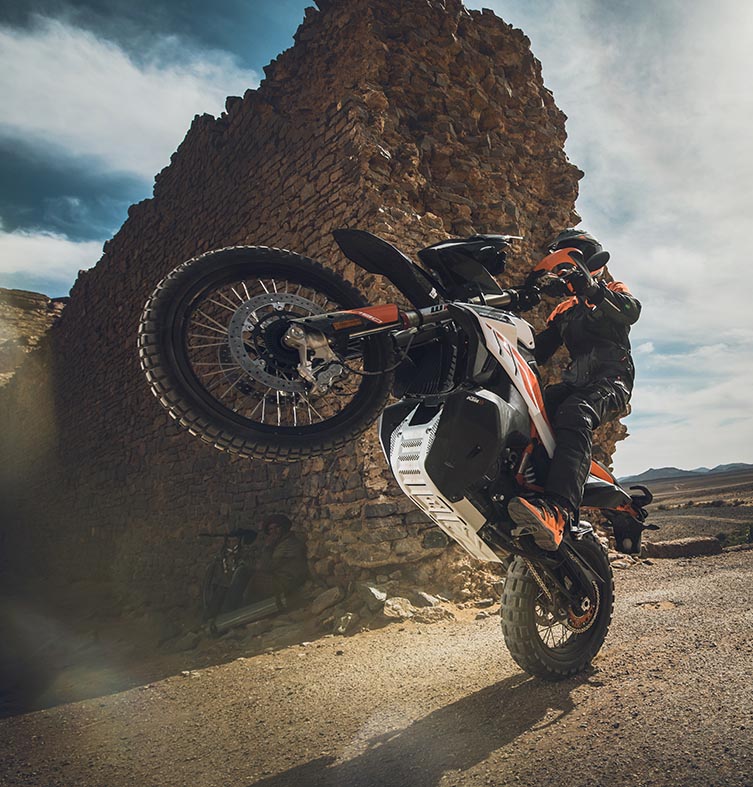
In your mind, is the cable clutch also there to suit less experienced riders?
KTM has used hydraulic clutches for two decades, so I understand why people are asking about the 790’s cable clutch. The designers tell me it has to do with reduced weight and keeping engine case dimensions down. But purely from a riding point of view, I know the cable clutch works. It’s got a light action and great feel and it’s bulletproof. I’ve done enough sand dunes on these bikes to be able to say that with conviction, and I use the clutch more than most. In fact, for true adventure riders who find themselves in the middle of nowhere, you could argue a cable is actually better because, if you do have a failure, it’s easy to replace the thing. Like old-school enduro riders, you can simply zip-tie a spare cable next to the operational one.
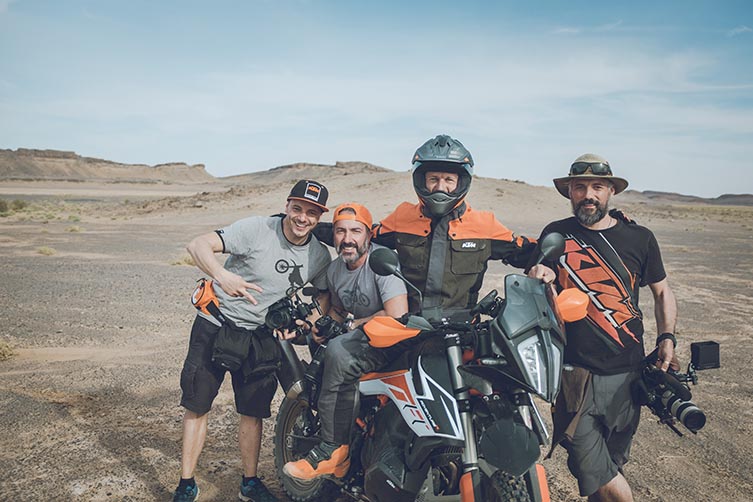
Speaking about the engine – which is identical on the ‘standard’ and ‘R’ models – it seems to have very little engine braking? Was that a specific design objective?
You’re right; for a 799cc parallel twin, it’s got minimal engine braking, which is a real benefit in off-road terrain – particularly in sand, where you really don’t want engine braking to throw all the weight forward and onto the front wheel when you chop the throttle. I believe this was a specific design objective for the engine, and achieved through mapping and exhaust mods. Interestingly, if you smack it down a couple of gears aggressively in Street mode on the tarmac, the engine will automatically increase the revs subtly to better match the revs in the lower gear and prevent any abrupt engine braking. It’s called MSR – Motor Slip Regulation – and is some very cool technology.
Related Content

2019 KTM 790S: THE ‘ADVENTURE’ VS ADVENTURE R’

KTM 790 ADVENTURE MODELS: IN CONTEXT
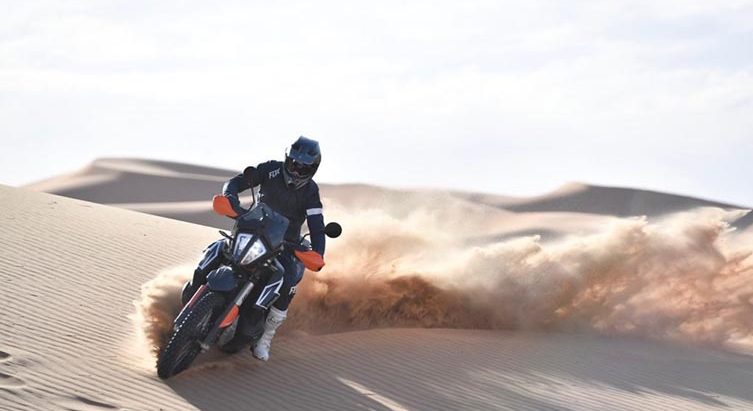
KTM’S 790 ADVENTURE R: THE GAME CHANGER!

TESTED: KTM 790 ADVENTURE & ADVENTURE R

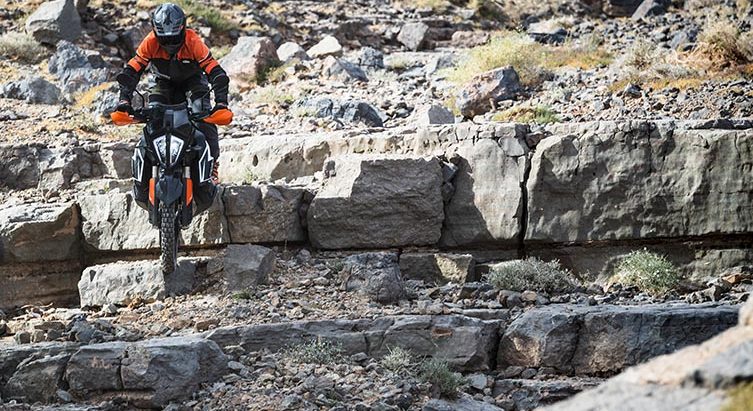
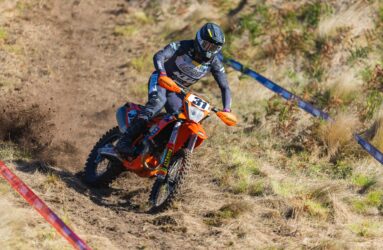
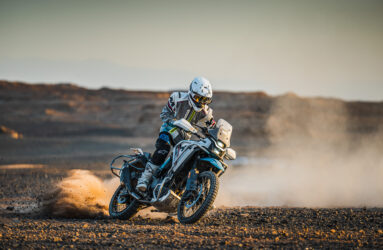
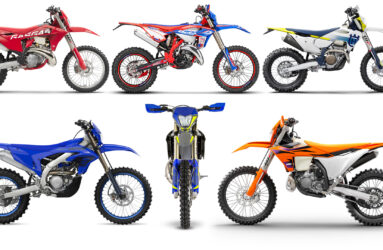
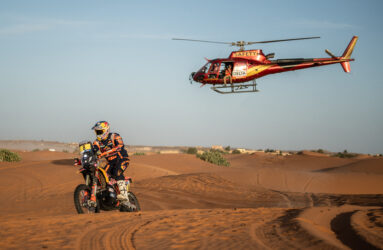
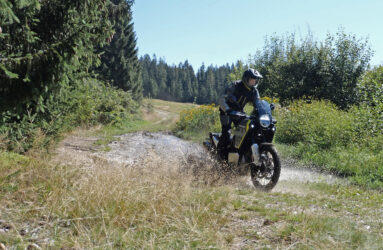
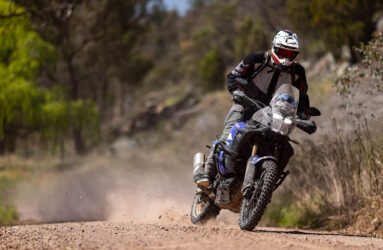
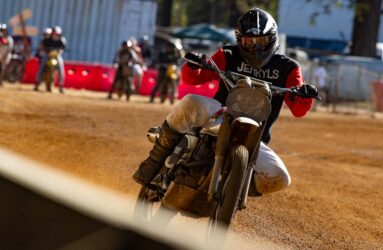
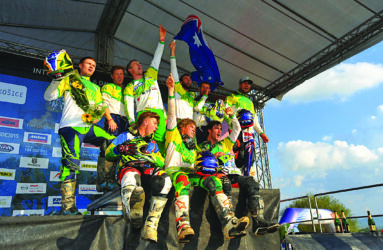
Be the first to comment...